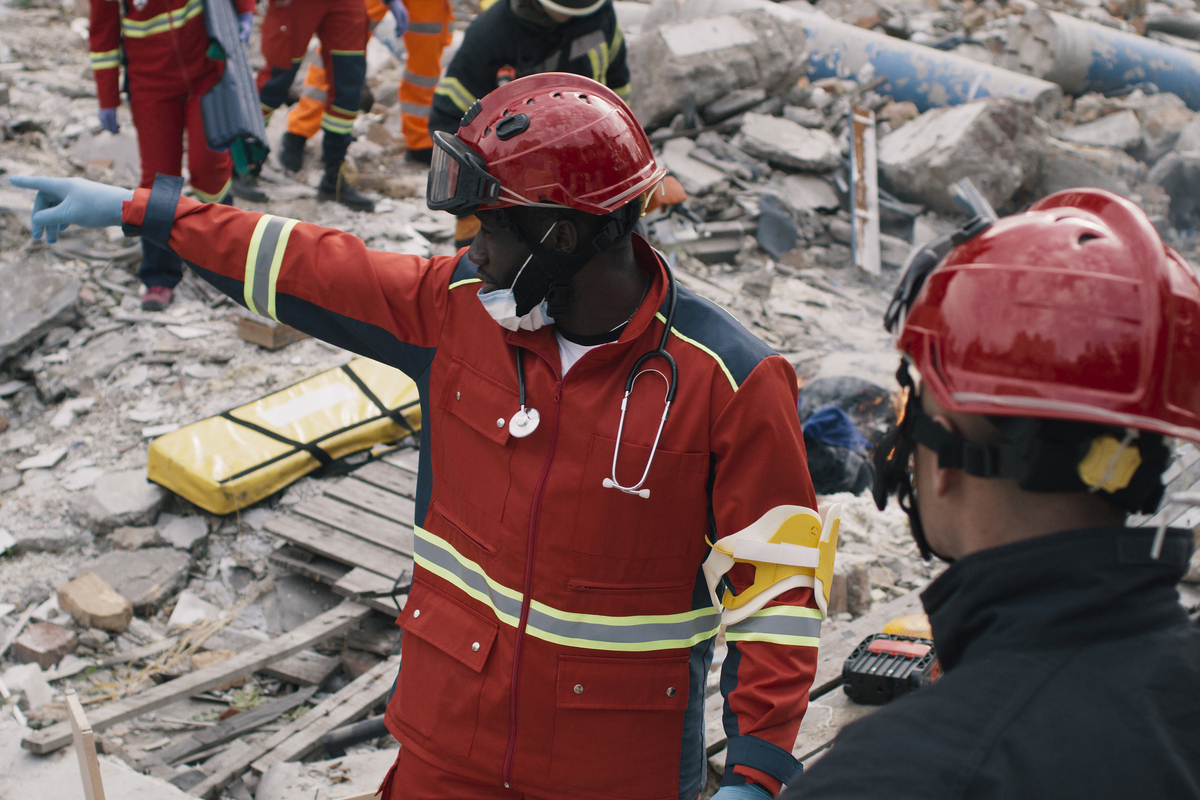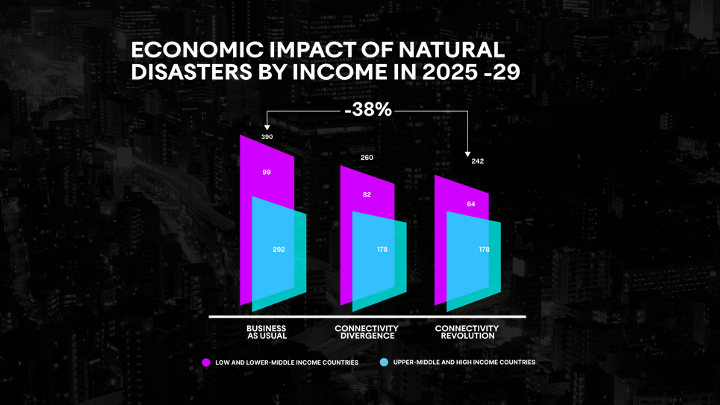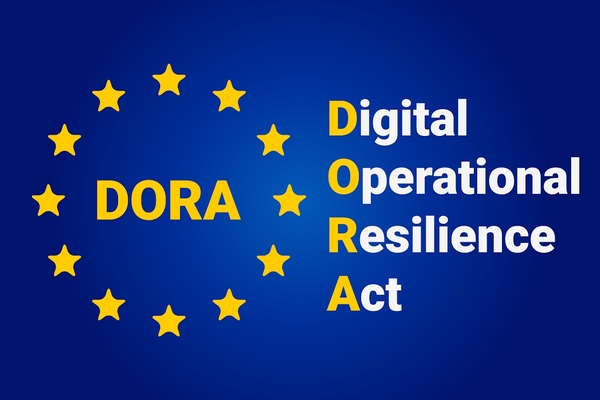Adapting to the climate crisis by bridging the connectivity divide
Sponsored by Access PartnershipEnabling more effective access to emerging communication tools can address the vulnerability of developing countries in responding to climate-related emergencies

That climate change is the gravest existential threat that has confronted mankind is an understatement. The upward trajectory in the prevalence of climate-related disasters has massively devastated the state of human life, with cities being submerged, properties being damaged and livelihoods being displaced. The havoc caused by a changing climate is even more profound in certain low- and middle-income jurisdictions, whose vulnerability to this threat has unwarrantedly costed tens of thousands of innocent lives.
Harnessing the power of technology
Technology has been increasingly harnessed to respond to this looming threat. Governments and the private sector alike have recognised that emerging innovations in communications could be leveraged as an enabling element to support climate change adaptability. An effective deployment of these tools has improved the responsiveness of states to combat climate emergencies, both in their preparation phase and in their aftermath.
However, significant disparities still exist in the capabilities of governments to fully utilise emerging communication tools as part of their climate emergency planning. The puzzling reality is that the nations most vulnerable to the threat of climate disaster are the least equipped with these innovative solutions, a situation which could have adverse consequences in the form of higher economic and social costs.

The outcomes that could play out as a result of differences in adapting to modern emergency communication tools have been mapped out by Access Partnership and its Fair Tech Institute in a whitepaper they recently released on the role of communications in disaster management. Accordingly, three scenarios are seen to emerge:
- Business as usual – this assumes that the status quo remains, with states making no significant change in their use of existing communication systems.
- Connectivity divergence – this assumes that states take advantage of modern communication tools in responding to emergencies, but that the level of development diverges across countries depending on their income levels.
- Connectivity revolution – this assumes an across-the-board adaptation of emergency communication systems in all countries regardless of income.
Stark differences may result from how these scenarios pan out. On the one hand, maintaining the status quo runs the risk of significant disruptions to human life, which could further accelerate in the years to come. On the other hand, a world where a connectivity revolution is achieved could translate to an estimated $148 billion reduction in economic damage, significantly preventing lives being lost and people affected from natural disasters from 2025-2029.
The vision that we should strive to achieve does not get any clearer than this.
Connectivity where no one gets left behind
It is not as if that the efforts of some countries to install better communication systems are inadequate. They face several limitations, the most notable of which revolves around their very access to these life-saving resources. Inasmuch as developing nations want to improve their emergency response initiatives, they are severely hampered by cost constraints and lack of institutional capacity to implement these solutions.
The challenge ahead, therefore, is to bridge the connectivity divide to ensure that all states have access to modern communication tools that will enable them to respond to environmental catastrophes more effectively. Heightened co-operation among international actors is certainly one way to address this serious gap.
Existing multilateral frameworks have long recognised the importance of co-operation in responding to environmental threats, taking into account the different levels of development of states. Under the principle of common but differentiated responsibilities enshrined under the Rio Declaration, while states have a common responsibility to protect the environment, the nature and extent of this obligation may differ due to a broad range of factors, including the special needs, circumstances, and economic realities of developing countries. There is also a recognition that the extent of developed countries’ sustainable development responsibilities depend on the level of technologies and financial resources they command.
This may justify a moral imperative for developed countries to aid developing states in harnessing the power of life-saving emergency communication systems. Certainly, developmental aid in the form of grants and subsidies would provide a huge relief. But even simple capacity-building and technology transfers centred on these new tools could help states formulate a more potent response to the climate threat.
Domestic initiatives should also be implemented to help catalyse the on-the-ground implementation of new climate response technologies. Regulations should not act as legal barriers, as there could be a need to recalibrate licensing and authorisation schemes to ease the rollout of these innovative solutions. Flexibility in adapting to these new technologies could spell the difference in achieving full connectivity revolution.
One life lost is one too many. The full potential of these new emergency communication tools can only be realised if they can be used to prevent all damage and every life lost, regardless of circumstance. By ensuring that no country gets left behind, humanity would be able to genuinely reap the benefits of these new communication systems.
For more insights on how emerging communication tools can fill the gap faced by developing countries in the face of increasing climate-related disasters, check out the pioneering study conducted by Access Partnership here.
By Gordon Mackay, Lead, Multilateral Organisations and Sustainability; Ivan Suarez, Senior Policy Manager; Carlo Agdamag, Policy Analyst, Access Partnership

Business Reporter Team
Most Viewed
Winston House, 3rd Floor, Units 306-309, 2-4 Dollis Park, London, N3 1HF
23-29 Hendon Lane, London, N3 1RT
020 8349 4363
© 2024, Lyonsdown Limited. Business Reporter® is a registered trademark of Lyonsdown Ltd. VAT registration number: 830519543





